Heavily Trafficked Songbirds Have a Path Back to Resiliency
Researchers see promise in recruiting red siskin pet traders as conservation partners
/https://tf-cmsv2-smithsonianmag-media.s3.amazonaws.com/filer/36/e5/36e5cbfa-f4ab-41ab-8101-1d7664526476/2b-female-red-siskin-trapped-from-the-wild-and-translocated-to-a-local-market-rescued-by-wildlife-authorities.jpg)
The black-helmeted, crimson-jacketed males flit from branch to branch chirping at the female birds, who are shaded gray with less flamboyant flashes of orange and red. The environment is hot and humid, just the way the tropical birds like it. But this conditioned climate exists in a Smithsonian facility in the Appalachian Mountains of Virginia, thousands of miles from the birds’ ancestral home along the Caribbean coast of Venezuela.
These 20-odd red siskins are part of a population helping researchers to learn more about this endangered South American songbird. They aren’t the only ones in captivity. In fact, the diminishing Venezuelan population of birds in the wild is likely dwarfed by the number of siskins held and trafficked as a result of the demand from breeders and pet owners around the world.
Researchers are working on learning more about trafficking rings in an effort to potentially recruit some of the breeders and other players to help with siskin conservation. Meanwhile, working with Provita, a conservation partner in Venezuela, plans are underway to reintroduce the birds to parts of their former range in Venezuela to bolster the fast-dwindling wild population.
Even as the birds’ native country suffers from ongoing societal disruption, the researchers see promise. “We would like to think the reintroduction could happen soon,” says Michael Braun, an evolutionary biologist at the Smithsonian’s National Museum of National History, who works with the birds.
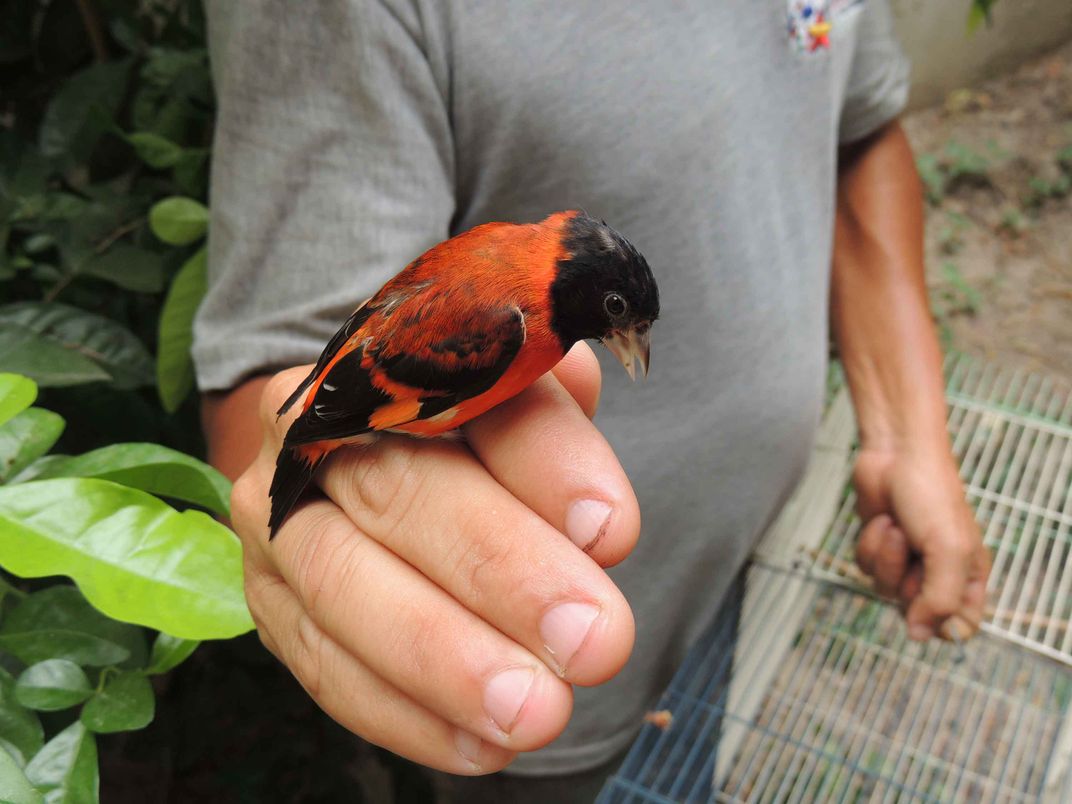
Red siskins, listed as endangered by the International Union for Conservation of Nature, face threats from habitat loss and poaching for the pet trade. The small finches live in the northern coastal foothills of Venezuela, and at least historically in Trinidad, though no birds have been seen in the island country for decades. Some birds may cross into Colombia while another distinct population lives in Guyana.
Red siskins can crossbreed with canaries to create red canaries, a bird long-prized by pet owners across Europe and in the United States. In fact, many of the siskins trapped over the last century were likely taken for interbreeding purposes, though pure red siskins are also highly prized by pet owners.
“These birds have been maintained in private aviculture since the 1800s,” says Warren Lynch, the bird unit manager in charge of the climate-controlled facility at the Smithsonian Conservation Biology Institute in Front Royal, Virginia. As siskins whistle and flit about in an enclosure behind him, the researcher discusses the complex dynamics of the ongoing trade of these birds. “Any red canaries you see are a result of that interbreeding.”
The use or trade of red siskins is illegal in Venezuela, but the continuing political crisis in the country means that some poachers and traffickers can act with near impunity. Just the same, learning from the operators of the illegal siskin trade may offer researchers a leg up in disrupting the capture of birds in the wild. Braun and his Smithsonian colleagues along with researchers from Provita, conducted a study, published recently in Animal Conservation, in which they analyzed social networks in the South American country from 2010 to 2017. The researchers suspected that the people trafficking red siskins may be using some of the same networks and routes used by drug traffickers or other illicit traders.
“Efforts of this type in Latin America are rare, because high impunity, low resources, and a very diverse market can make it difficult to understand illegal activities scientifically without putting the team at risk,” says Arlene Cardozo-Urdaneta, a research professional in the Spatial Ecology Laboratory of the Venezuela Institute of Scientific Investigations and one of the co-authors of the study.
The researchers used known contacts to get in touch with other players in the process and gained the trust of dozens of breeders, harvesters and others involved in red siskin trade. They also monitored specialized Facebook and Whatsapp groups dedicated to wildlife sales. They recorded 1,013 instances of siskins being either offered for sale or requested for purchase.
What they learned instead was that the siskin trade was conducted by highly specialized breeders and that there was very little participation in the trade from drug traffickers or other illicit operators.
“This is not a product they’re selling on the street corner in Venezuela,” says Kathryn-Rodriguez Clark, a population ecologist in animal care sciences at the National Zoo and Conservation Biology Institute, who was also a co-author of the study.
Brian O’Shea, a collection manager for ornithology for the North Carolina Museum of Natural Science who was not involved in the recent study, says the researchers’ findings make sense. “Siskins have always been a target of a unique niche.”
Basically, the process of trafficking a siskin may start with a trapper in a rural area. Their traps use a live male bird that sings in one side of the two-compartment cage. Territorial males will come by to check out their potential rival and get trapped in the other compartment of the cage once they enter.
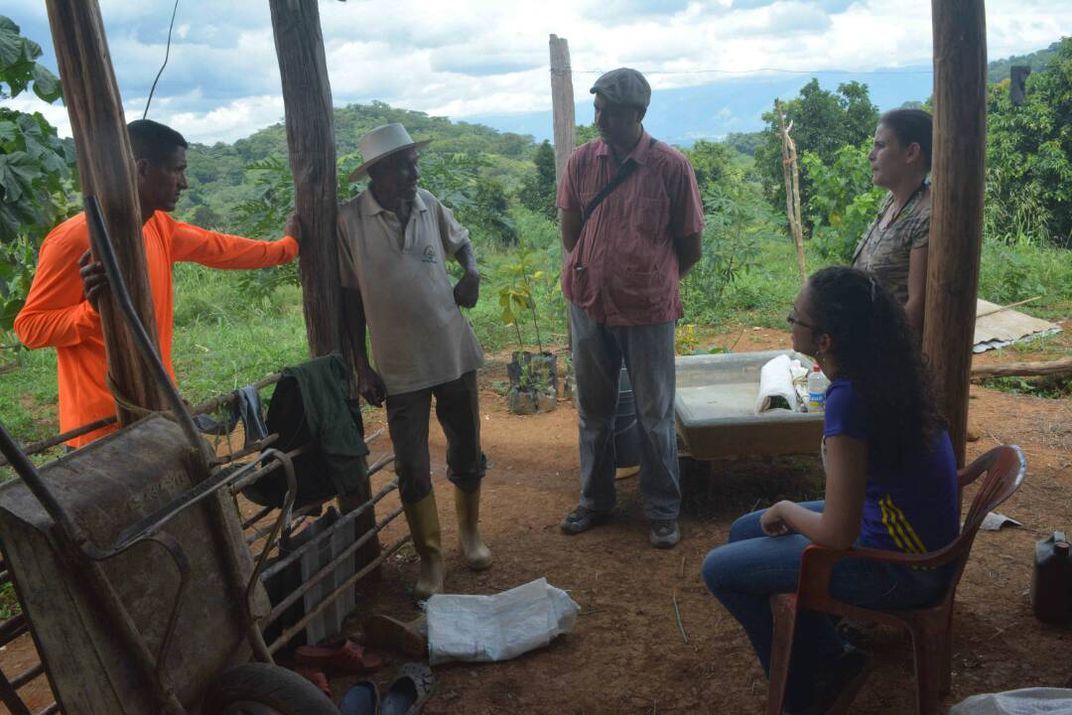
At this point the bird is sold for as little as $5 per animal to a commercial vendor who attempts to adapt wild birds to living in a cage. More than 60 percent die during this stage in the network, Rodriguez-Clark says.
“For the bird, it’s probably not a picnic,” she says.
The rest are often passed to one or more intermediaries, who move the birds to cities, or sometimes pass them on to what amounts to bird launderers, who sell them as legal captive-bred birds for about $80. In other cases, the birds are sent via smugglers to international breeders or pet owners, who may pay as much as $500 for a bird. The smugglers use everything from medicine bottles to suitcases. One man was even caught in Venezuela with siskins trapped in hair curlers taped to his body, the researchers say.
Rodriguez-Clark’s preliminary data shows many of these stay in Venezuela. But the majority of exported birds are sent to the United States.
These dollars mean a lot to Venezuelans undergoing a devastating economic crisis, and while the researchers didn’t examine whether the crisis has resulted in an uptick in siskin trade, Cardozo-Urdaneta says it’s likely. “The appeal of more valuable foreign currency may lead to increases in the international wildlife trade,” she says.
Based on their research, Rodriguez-Clark and her colleagues detected about 70 birds taken from the wild in western Venezuela alone every year. Since estimates put the wild bird population in the low thousands at most, this take is worrisome, says Rodriguez-Clark.
Now that the researchers know how these networks function, they are optimistic that they might be able to interrupt the trade of wild-caught birds by inviting some of these players to become active in conservation efforts. Many of the players caught up in the illegal trade share a common interest with conservationists—they are fascinated by the bird and carry a deep understanding of its biology and natural habitat. “We were surprised and heartened to find many people interested in helping, and in generating changes to save our natural heritage, even in the most remote areas,” Cardozo-Urdaneta says.
Putting this shared passion into practice could involve a banding program that helps to verify whether an individual siskin was bred in captivity or taken from the wild. Breeders would put closed-ring bands on the small feet of young birds that couldn’t be placed on adult feet. If the bird doesn’t have one, it may have been caught from the wild. Conservation-minded bird enthusiasts could ensure their hobby isn’t contributing to the bird’s demise in the wild by verifying these bands, while breeders could pledge to only work with banded birds.
“We have to do a little bit of conservation jujitsu,” Rodriguez-Clark says.
Meanwhile, zoos are working to breed captive siskins destined for eventual release in the wild. The Red Siskin Initiative, an effort started by some of the authors of this paper, partners with a number of international institutions, including Provita. The Initiative is working to help coffee farmers in siskin environments to participate in the Smithsonian’s highly successful Bird Friendly certification project, as well as producing a red siskin chocolate bar made from bird-friendly cacao.
“What we would do for red siskin habitat would also improve things for migratory birds,” Braun says, since siskins use some of the same coffee farms as many birds that summer in the U.S. and travel down to Venezuela, such as the golden winged warbler or Connecticut warbler.
The Initiative is also coordinating breeding efforts between zoos in the U.S. and the newly constructed Red Siskin Conservation Center in Turmero, Venezuela.
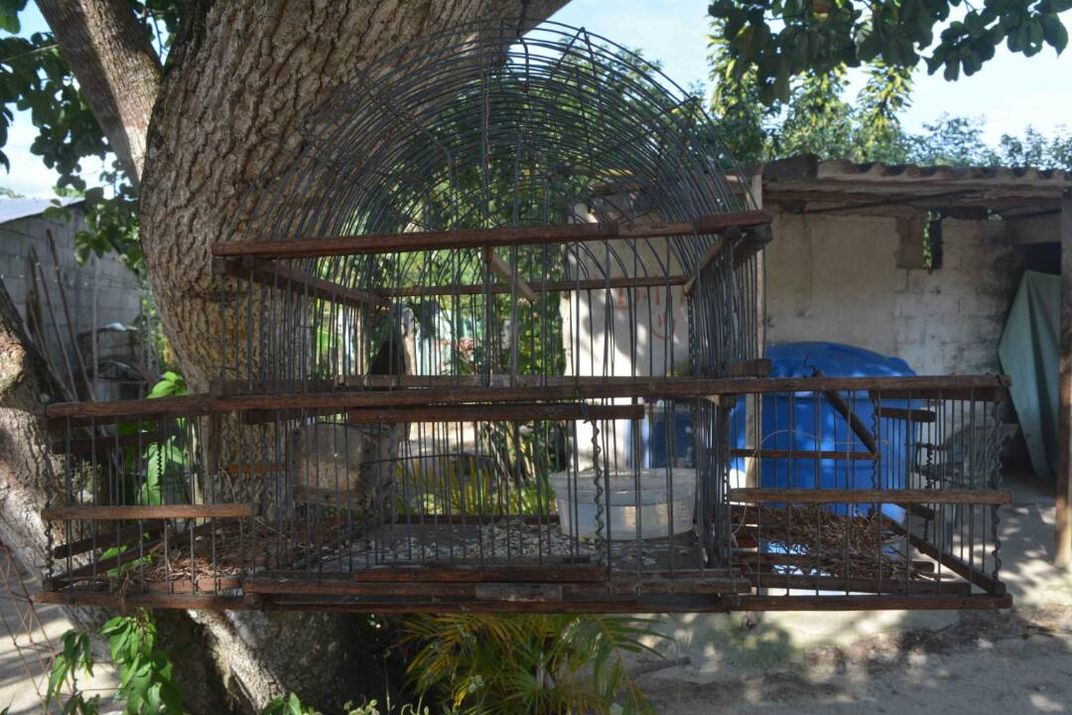
Facilities like the Smithsonian location in Front Royal are writing protocols on breeding and husbandry so they can exchange information with this center and other zoos in Venezuela.
“Basically what they want is a recipe,” Lynch says after pointing out a female with several recent chicks in the enclosure at Front Royal.
But researchers are still worried about the situation in Venezuela. In fact, Braun and his colleagues kept a discovery of a distinct population of siskins in Guyana in 2000 under wraps for years until the government there placed it on their endangered species list.
The trouble with reintroduction, Rodriguez-Clark says, is that any release of these birds would only be successful if the original threats to the birds are mitigated. Poaching is a problem that is hard to stop.
Nonetheless, she believes that more conservation money could help save the bird from extinction. “Give us $2 million and 10 years and we can save this bird from extinction,” says Rodriguez-Clark. Breeder demand for the wild bird could be sharply reduced using "novel strategies such as social marketing and behavior change communications," according to Cardozo-Urdaneta.
O’Shea says that since captive breeding efforts seem to be going well, zoos may eventually end up with a surplus. Eventually they will need to think about releasing some of them, regardless of the situation.
“People are always going to want to trap these things no matter what,” he says, adding that he’s not sure released birds would face extra danger, especially if their release spots are secretive.
Red siskins are a culturally important bird in Venezuela, where they are called cardenalitos. Siskins are even featured on some of the bills of their national currency. Rodriguez-Clark hopes that if the situation improves, Venezuelans will get behind reintroduction efforts and conservation of red siskin habitat, which will help a number of other vulnerable species as well.
“It could transform into something very positive for Venezuela,” Braun adds.
Editor's note, April 16, 2020: This story has been edited since publication to clarify the role of Venezuela's current political turmoil has had in the illegal red siskin trade. The problem long predates the nation's current situation. This story has also been edited to further explain the differences between breeders and illegal traffickers.
/https://tf-cmsv2-smithsonianmag-media.s3.amazonaws.com/accounts/headshot/joshua-learn_copy.jpg)
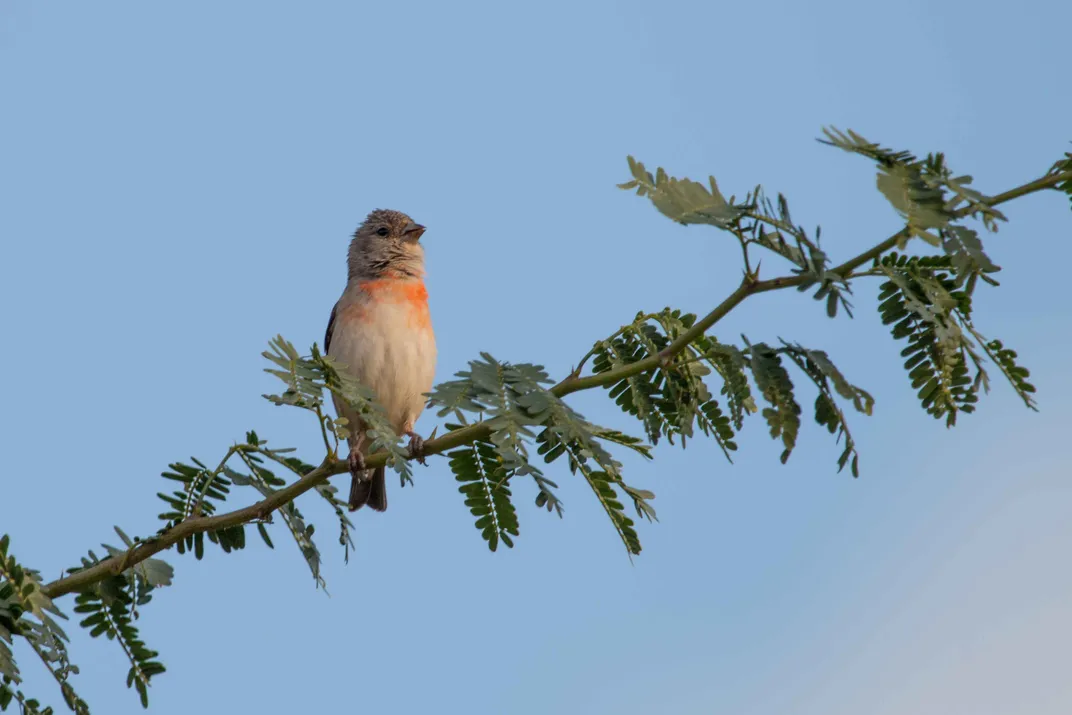
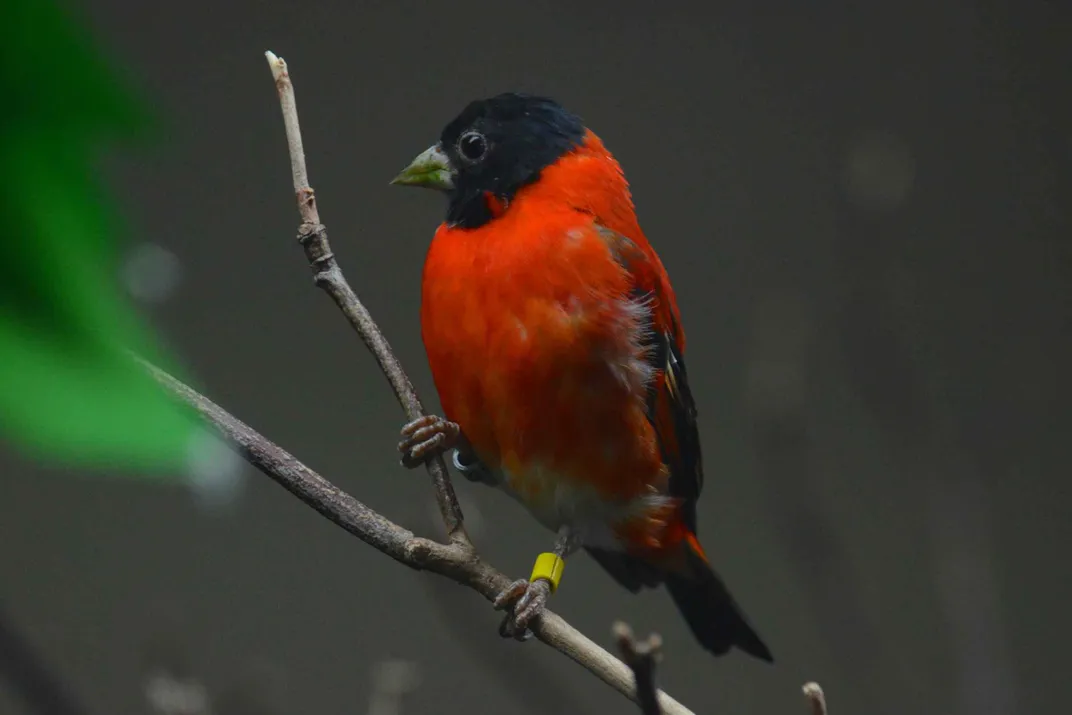
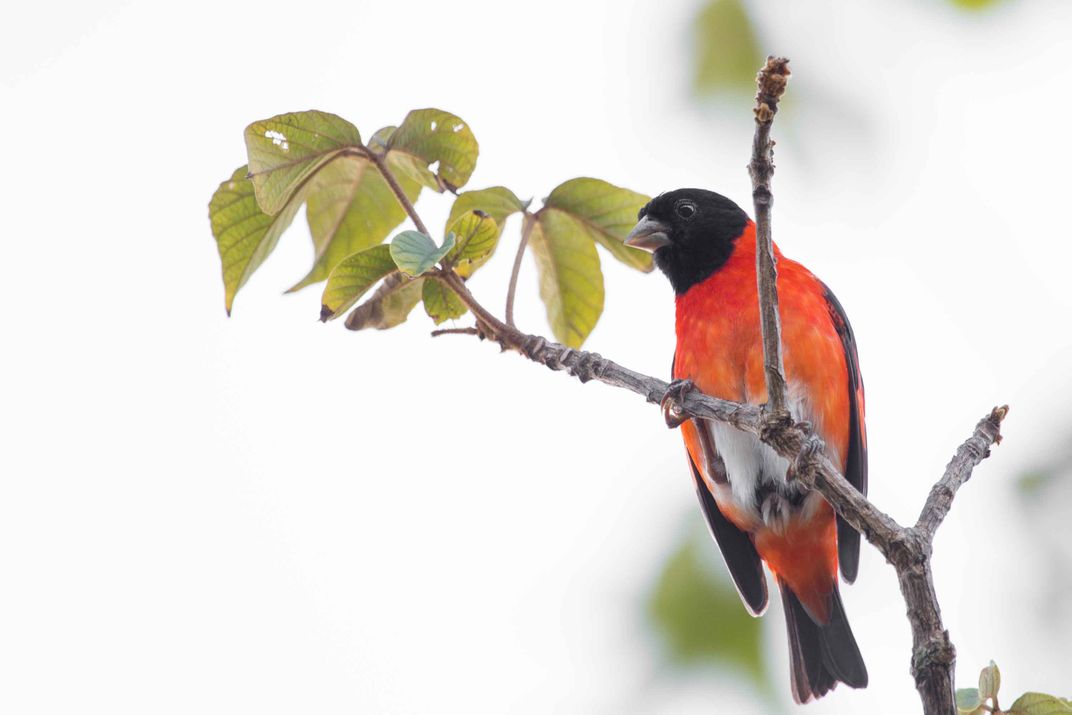
/https://tf-cmsv2-smithsonianmag-media.s3.amazonaws.com/accounts/headshot/joshua-learn_copy.jpg)